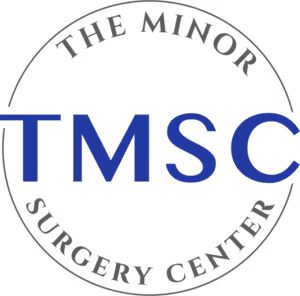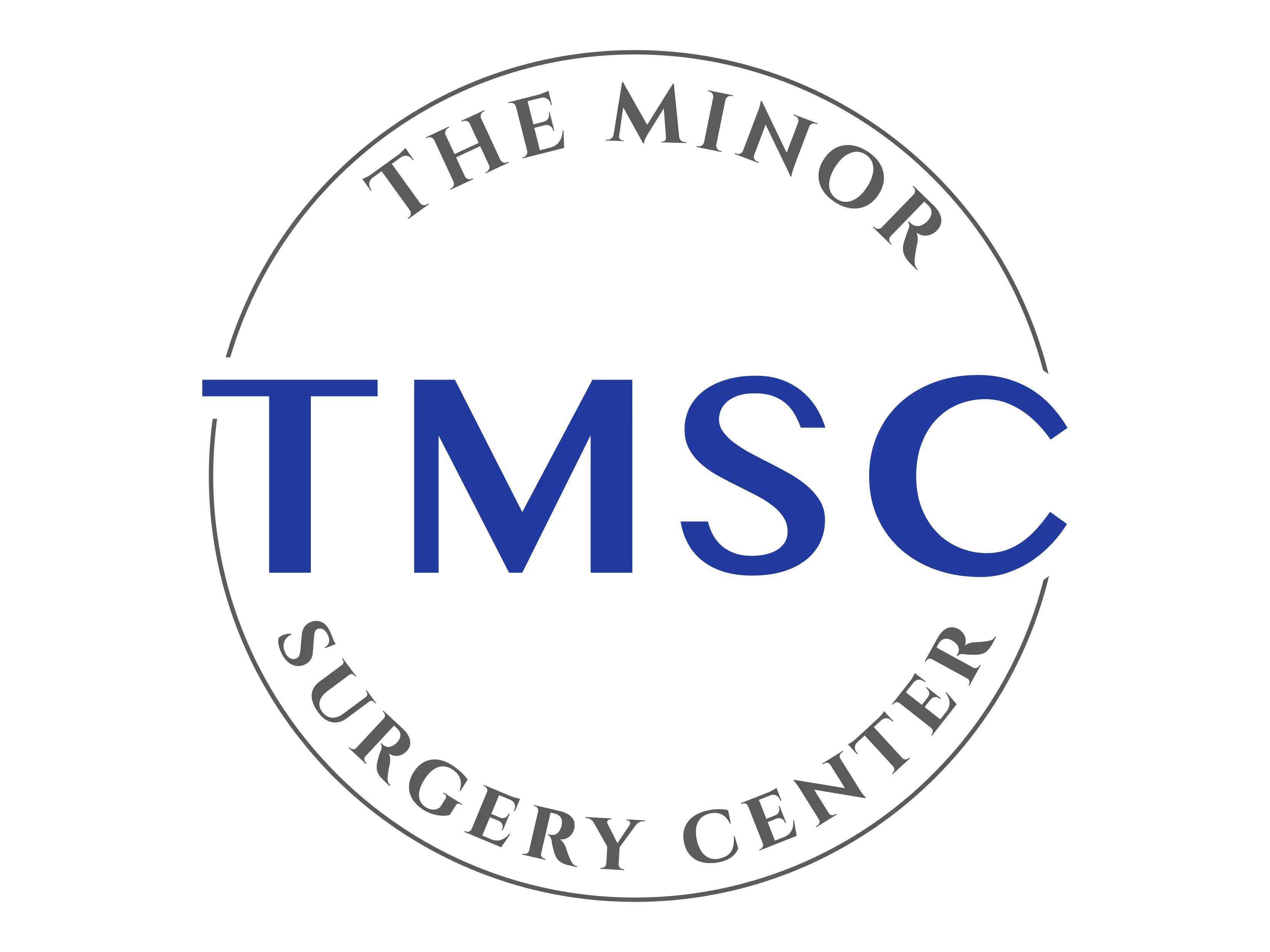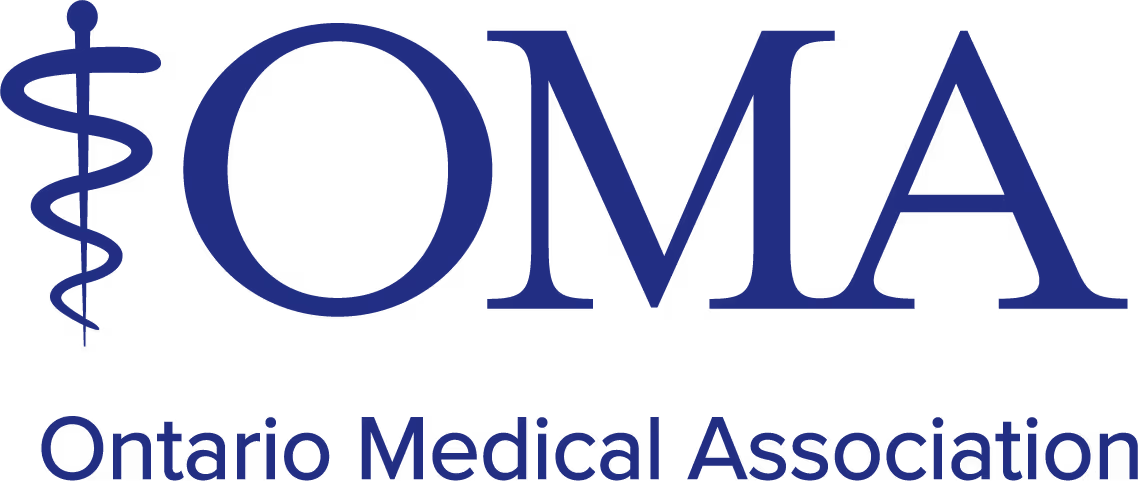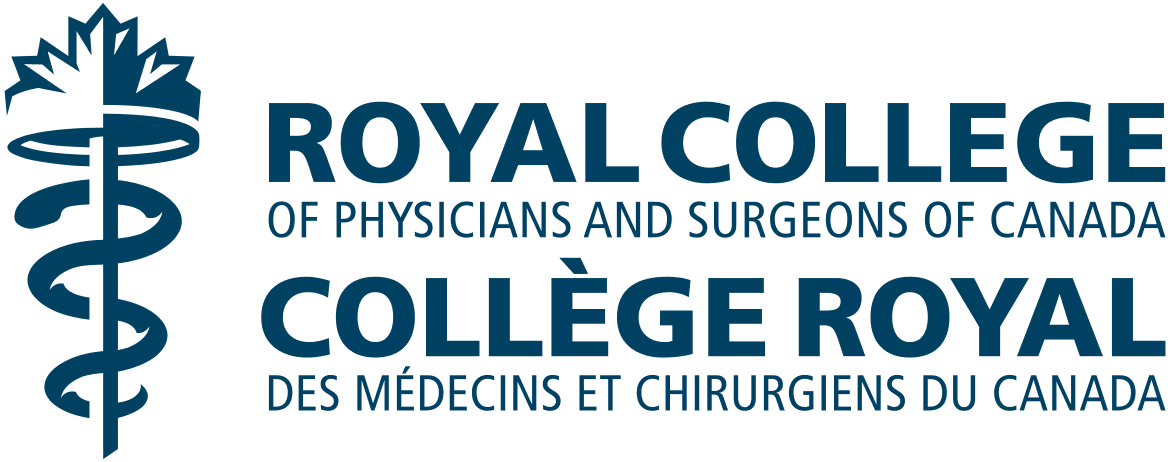TMSC offers advanced surgical treatment for trigger finger when conservative measures, such as steroid injections, have not provided sufficient relief. The surgical procedure, known as “tenolysis” or “trigger finger release,” is designed to address the underlying cause of the condition by releasing the A1 pulley that is restricting tendon movement.
What Happens During Trigger Finger Surgery?
The A1 pulley is a small band of tissue at the base of the affected finger or thumb that normally holds the tendon close to the bone. In trigger finger, this pulley can become thickened or inflamed, causing a blockage that prevents the tendon from gliding smoothly. During the surgery:
- Release of the A1 Pulley:
- A small incision is made near the affected area under local anesthesia, ensuring that you remain comfortable and pain-free throughout the procedure.
- The surgeon carefully identifies and releases the A1 pulley, effectively removing the restriction.
- By doing so, the tendon is freed from the impediment, allowing it to glide through its sheath more easily and restoring smooth motion to the finger or thumb.
Expertise and Patient Care
Our board-certified plastic surgeons at TMSC are highly trained and experienced in performing trigger finger release surgery. They prioritize patient care and safety, ensuring:
- Precision:
- Every step of the procedure is carried out with meticulous attention to detail, aiming to restore function while minimizing scarring and preserving the aesthetics of your hand.
- Safety:
- All surgeries are performed in a controlled, sterile environment using the latest techniques and equipment.
- Patient-Centered Approach:
- Our surgeons take the time to explain the procedure, address any concerns, and tailor the treatment to your specific needs.
- The compassionate care provided at TMSC ensures that you feel informed and at ease before, during, and after the surgery.
Financial Considerations
One of the significant advantages of undergoing trigger finger surgery at TMSC in Toronto is that the procedure is covered by OHIP (Ontario Health Insurance Plan). This means you don’t have to worry about the financial burden typically associated with surgical treatments:
- OHIP Coverage:
- The costs for the surgical treatment of trigger finger, including all necessary hospital and physician fees, are covered by OHIP.
- This coverage ensures that qualified patients can access the treatment they need without additional out-of-pocket expenses, making high-quality care more accessible.
Recovery and Outcomes
Following the surgery, patients can expect:
- Minimal Downtime:
- Because the procedure is performed using local anesthesia and is minimally invasive, recovery time is generally short. Most patients can resume normal activities shortly after surgery, although it is important to follow post-operative care instructions to ensure proper healing.
- Improved Mobility:
- After the release of the A1 pulley, the affected finger or thumb typically gains improved range of motion, reducing stiffness and discomfort.
- Effective Relief:
- The majority of patients experience significant relief from the symptoms of trigger finger, including reduced pain, decreased catching or locking of the finger, and a return to normal hand function.
At TMSC, our commitment to excellence, patient safety, and compassionate care means you can trust our team to provide effective surgical treatment for trigger finger. If conservative treatments have failed and you’re experiencing persistent symptoms, our experienced surgeons are ready to help restore your hand’s function and improve your quality of life.





